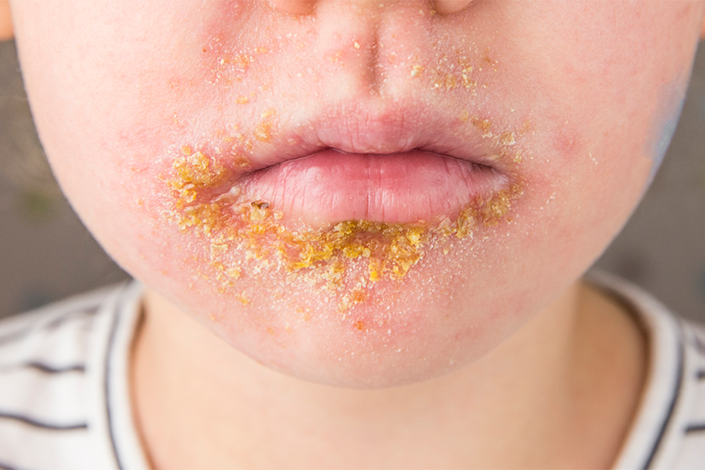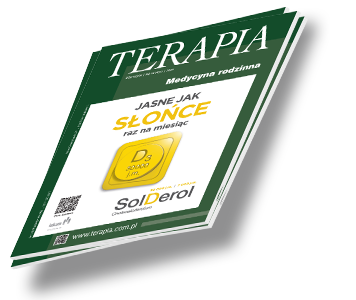Medycyna rodzinna Terapia 2018, 7 ( 366 ) : 54 - 59
Najczęstsze choroby bakteryjne skóry w praktyce lekarza rodzinnego
The most common skin bacterial diseases in the practice of a family doctor
Bakteryjne choroby skóry są powszechne w praktyce lekarza rodzinnego. Do najczęstszych z nich należą: liszajec zakaźny, zapalenie mieszków włosowych, czyraki, róża oraz zapalenie tkanki łącznej. Chociaż mogą być one wywoływane przez różne czynniki, zarówno zakaźne, jak i fizyczne, najczęstszą etiologią jest etiologia gronkowcowa lub paciorkowcowa, w zależności od jednostki chorobowej. Rozpoznanie ustala się zazwyczaj na podstawie charakterystycznego obrazu klinicznego. Ważne jest dokładne zebranie wywiadu z pacjentem, ze szczególnym zwróceniem uwagi na możliwe okoliczności zakażenia w celu wykluczenia rzadszych przyczyn tych schorzeń. W niektórych przypadkach, takich jak np. ciężkie, nawracające zakażenia, należy rozważyć pogłębienie diagnostyki w kierunku chorób przewlekłych, m.in. cukrzycy, a także niedoborów odporności, które są czynnikami ryzyka wystąpienia zakażeń bakteryjnych skóry.

Zaloguj się i przeczytaj bezpłatnie całą treść artykułu.
Nie masz jeszcze konta dostępowego?
Zarejestruj się bezpłatnie, a otrzymasz:
* dostęp do wszystkich doniesień oraz pełnych tekstów artykułów naukowych w naszej Czytelni,
* prawo do bezpłatnego otrzymywania newslettera "Aktualności TERAPIA" z przeglądem interesujących i przydatnych wiadomości ze świata medycyny oraz systemu ochrony zdrowia w Polsce i na świecie,
* możliwość komentowania bieżących wydarzeń oraz udziału w ciekawych quizach i konkursach.
Zapraszamy serdecznie, dołącz do naszej społeczności.



Dodaj komentarz